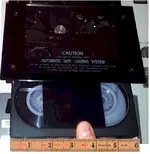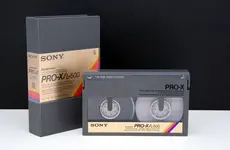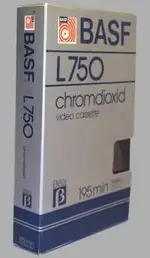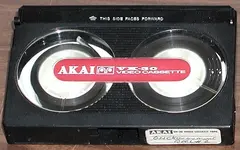D
deslog
Member
Hi there
I have a Akai MG1212 12 track half inch multitrack recorder and a
Akai mg14d which is the rack mounted version using the same tape.
The tape used is in this machine is a proprietary video cassette format( similar to the old Sony beta Tape for video) which uses a 1/2" audio tape.
Apparently the actual tape is TDK-SA, chrome Type II high bias, 70 uS eq.
Other people around the web say that you can re load these with Quantegy 456 but when you try to actually find someone that has and possibly a review of the performance, well I came to a dead end.
A well known technician of these machines said he tried to use and calibrate the Akai with 456 but it could not bias properly. Here is his comment
"As far as Quantegy 456 if it’s the same as Ampex 456 - the overall sound isn’t bad if recording composite music; like from radio or CD, but if recording individual tracks of instruments, the freq response is way off and cannot be biased properly for this tape. The original tape was TDK-SA, chrome Type II high bias, 70 uS eq".
.
Apparently the tape is a Cobalt formula. The original tapes which are no longer made ( Akai MK-20J) are rare and very rarely come up for sale especially new.
Another owner of these machines posted a comment:
"BECAUSE THESE MACHINES USE A COBALT METAL TAPE FORMULA YOU BASICALLY CAN GO OVER THE SAME TAPE OVER AND OVER AGAIN WITHOUT LOSING AUDIO QUALITY". Interesting comment. I wonder how many times you could do this?
I have also heard that some people have used son BETA tape as a replacement.
I am trying to find a replacement so I can refill my cases.
I guess if I try a new type of tape I will try to see if I can get it calibrated to suit if that's possible.
Has anyone got any ideas?
I have a Akai MG1212 12 track half inch multitrack recorder and a
Akai mg14d which is the rack mounted version using the same tape.
The tape used is in this machine is a proprietary video cassette format( similar to the old Sony beta Tape for video) which uses a 1/2" audio tape.
Apparently the actual tape is TDK-SA, chrome Type II high bias, 70 uS eq.
Other people around the web say that you can re load these with Quantegy 456 but when you try to actually find someone that has and possibly a review of the performance, well I came to a dead end.
A well known technician of these machines said he tried to use and calibrate the Akai with 456 but it could not bias properly. Here is his comment
"As far as Quantegy 456 if it’s the same as Ampex 456 - the overall sound isn’t bad if recording composite music; like from radio or CD, but if recording individual tracks of instruments, the freq response is way off and cannot be biased properly for this tape. The original tape was TDK-SA, chrome Type II high bias, 70 uS eq".
.
Apparently the tape is a Cobalt formula. The original tapes which are no longer made ( Akai MK-20J) are rare and very rarely come up for sale especially new.
Another owner of these machines posted a comment:
"BECAUSE THESE MACHINES USE A COBALT METAL TAPE FORMULA YOU BASICALLY CAN GO OVER THE SAME TAPE OVER AND OVER AGAIN WITHOUT LOSING AUDIO QUALITY". Interesting comment. I wonder how many times you could do this?
I have also heard that some people have used son BETA tape as a replacement.
I am trying to find a replacement so I can refill my cases.
I guess if I try a new type of tape I will try to see if I can get it calibrated to suit if that's possible.
Has anyone got any ideas?








